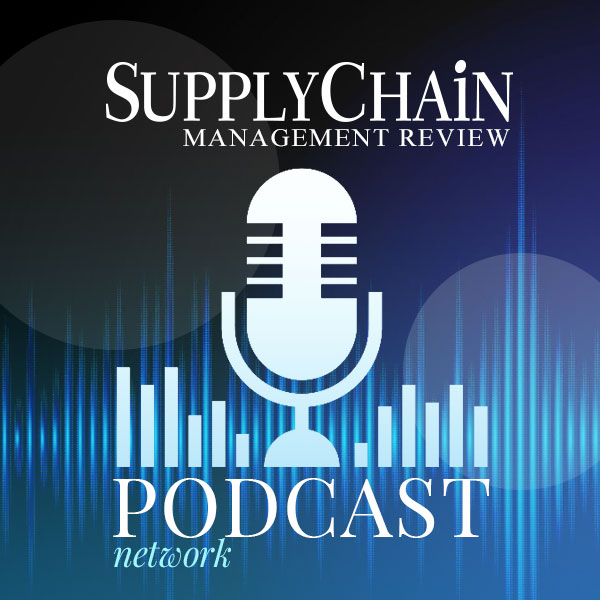Editor’s Note: Every year, 40 or so students in the MIT Center for Transportation & Logistics' (MIT CTL) Master of Supply Chain Management (SCM) program complete one-year thesis research projects. The students are early-career business professionals from multiple countries with 2 to 10 years of experience in the industry. Most of the research projects are chosen, sponsored by, and carried out in collaboration with multinational corporations. Joint teams that include MIT SCM students and MIT CTL faculty work on the real-world problems. In this series, we summarize a selection of the latest SCM research.
The main objective of the biologics supply chain is to guarantee supply continuity. Product shortages can endanger patients' lives and impact a company’s market share. In addition, the lengthy regulatory approval process in this industry prolongs the time companies need to create new manufacturing capacity. Every part of the process is subject to stringent regulation, including raw materials, plant design and operational processes. Companies tend to invest early in capacity and, on average, a new drug takes 8 to 12 years from patent filing to first sale.
Working with a large US pharmaceutical company, an optimization model that bridges the gap between long-range demand planning and production capacity planning was developed. Through visualizing the capacity changes under each scenario, the model can be used as a decision-making tool for production allocation and site selection.
Manufacturing Uncertainty in Production Planning
Currently, the pharmaceutical company's strategic capacity planning is constrained by long-term demand and forecast uncertainty. The impact of manufacturing level uncertainties, such as factory productivity and production success rate, is not entirely taken into account because only the expected self-reported values of production facilities are used. In production, these parameters vary and should be measured based on the advancement of manufacturing technology.
Three technical parameters related to API manufacturing were chosen by the company success rate, runs per week, and kilograms per run. Success rate is the expected ratio of runs (batches) successfully made over total batches. Runs per week and kilograms per run represent the output capability of each facility. Runs per week measures how many batches the site can run, given how long it takes to do a run based on all equipment being used. Kilograms per run is the average amount of material expected from a batch.
Can adjusting these parameters significantly affect production allocation and capacity utilization? What is the right approach to communicating the risks in supply planning to key stakeholders?
A Strategic Way to Allocate Production
The researchers developed a robust optimization model. The model aims to minimize the deviation of utilized capacity from the target capacity limit and the number of production sites. At the same time, the annual demand requirement needs to be fulfilled. This model is robust in the sense that only the scenario which requires most capacity is shown in the representations. This is done to approximate an over- or under-utilization risk of manufacturing capacity with greater confidence.
The model limits the production to as few facilities as possible while fulfilling the annual demand requirement. This means that the site which has the smallest deviation from the target capacity level will be allocated first. As a result, the model prioritizes production at sites that reach the capacity more easily. The model also avoids the under-utilization of a facility.
Capacity allocations under different demand and manufacturing performance scenarios were visualized using the tool. The result shows that under high demand scenarios, production sites are utilized more and the likelihood of reaching the upper capacity limit is higher. All three parameters – success rate, kilograms per run, and runs per week – impact capacity utilization. Low values of manufacturing parameters lengthen the production time required for the facility to meet the demand levels. When demand is high and manufacturing performance is low, production faces the highest risk of interruption or delay.
The tool helps the company to visualize capacity risk through experimenting with different manufacturing and demand scenarios. By capturing both the variability of in-house manufacturing parameters and demand, this research provides a strategic decision-making tool for pharmaceutical companies in production facility selection and allocation.
The SCM thesis Capacity Planning for Biologics – From Demand to Supply was authored by Sifo Luo, and supervised by Ozgu Turgut, Postdoctoral Associate, MIT Center for Transportation & Logistics. The research partner was a leading US pharmaceutical manufacturer. For more information on the research please contact Ozgu Turgut at [email protected].
SC
MR


Latest Supply Chain News
- How CPG brands can deliver on supplier diversity promises
- How S&OP provides the answer to in-demand products
- AI, virtual reality is bringing experiential learning into the modern age
- Humanoid robots’ place in an intralogistics smart robot strategy
- Tips for CIOs to overcome technology talent acquisition troubles
- More News
Latest Podcast

 Explore
Explore
The Academy News
- AI, virtual reality is bringing experiential learning into the modern age
- Predicting stockouts: Enhancing FMCG resilience through data-driven insights
- Finding the Right Approach for Supply Chain Education
- The Supply Chain Triad
- Innovating Supply Chain Higher Education with Generative AI
- How Smart Supply Chain Management Boosts Brand Identity
- More The Academy
Latest Academy Resources

Subscribe

Supply Chain Management Review delivers the best industry content.

Editors’ Picks





